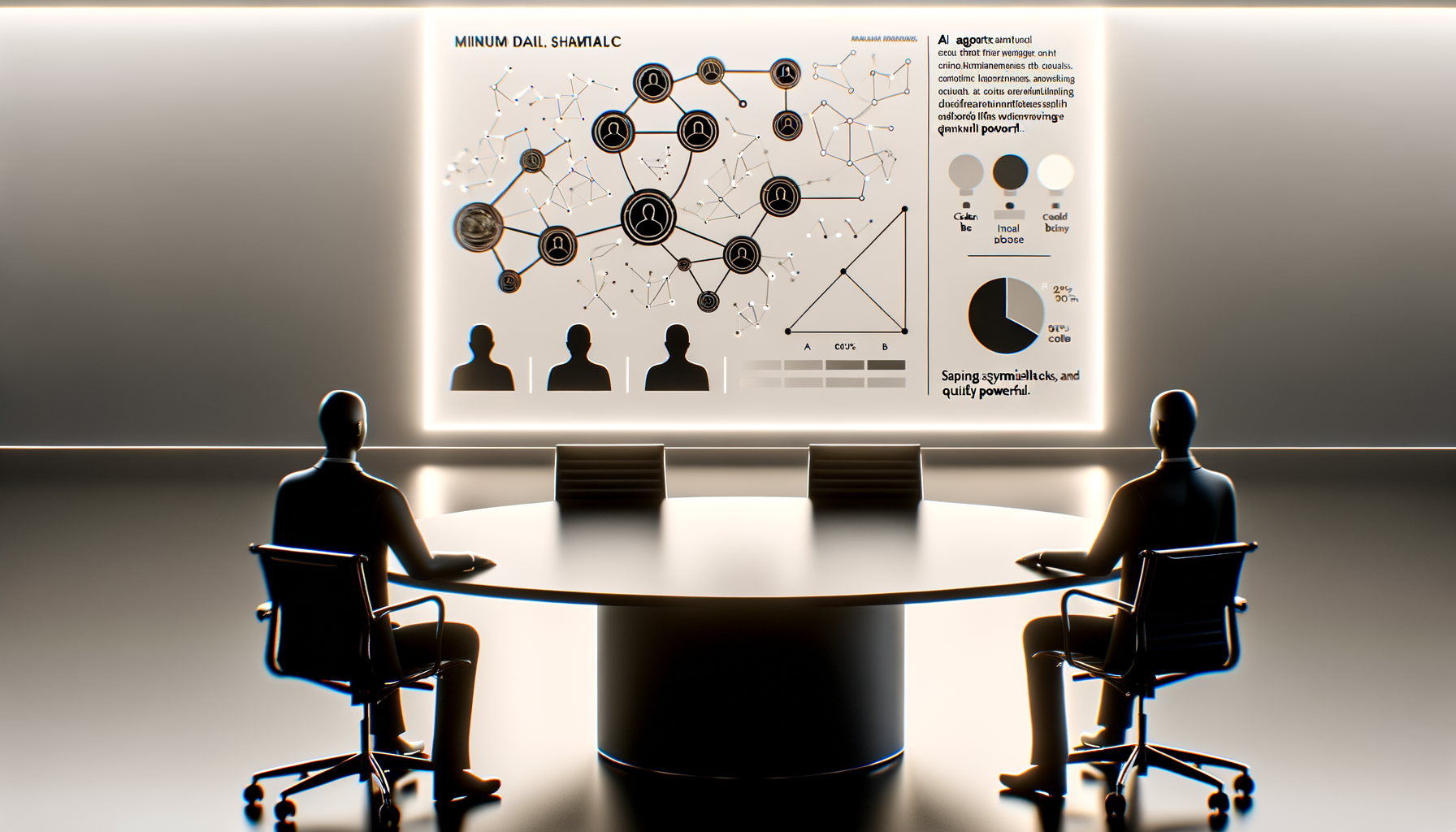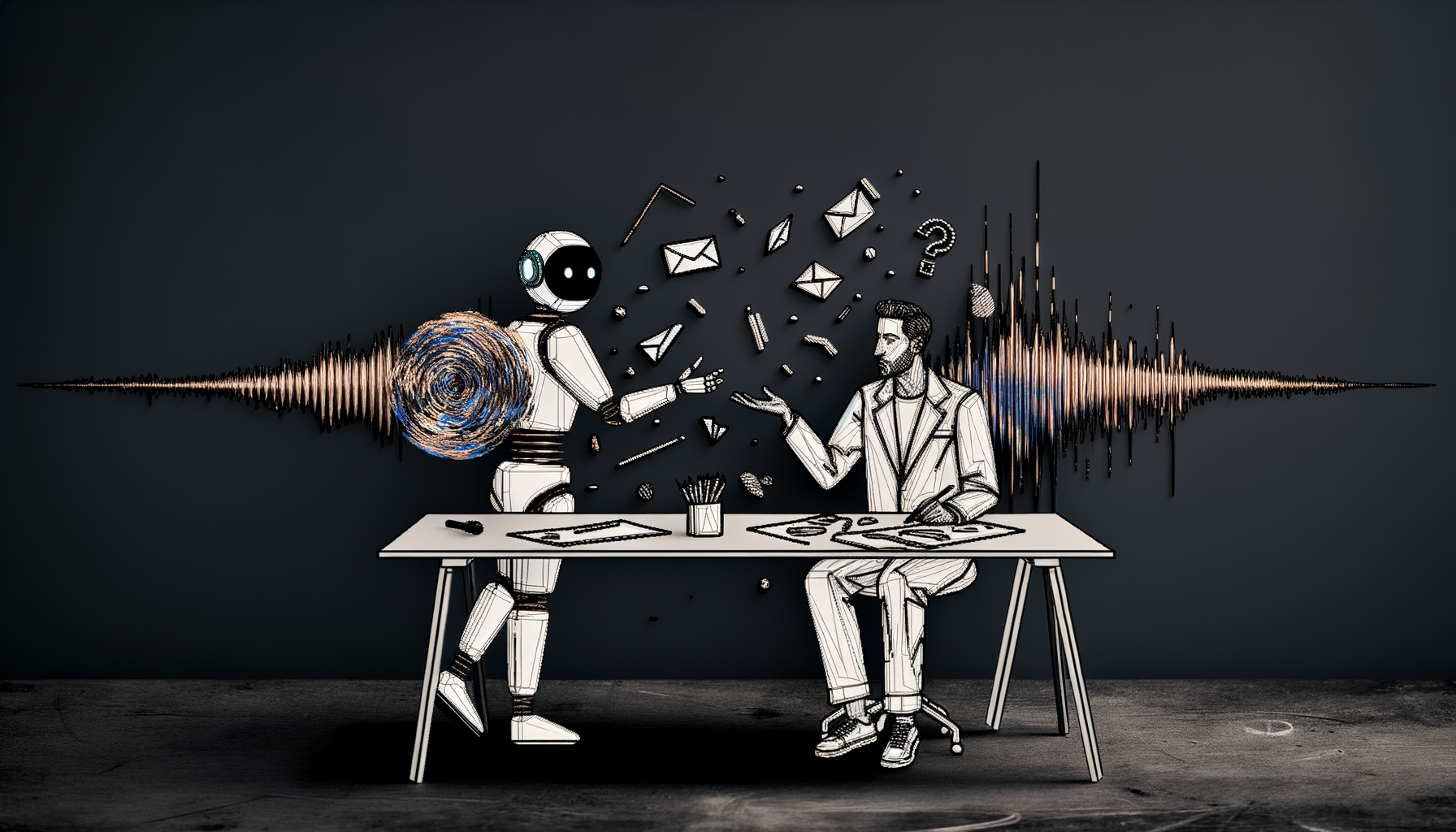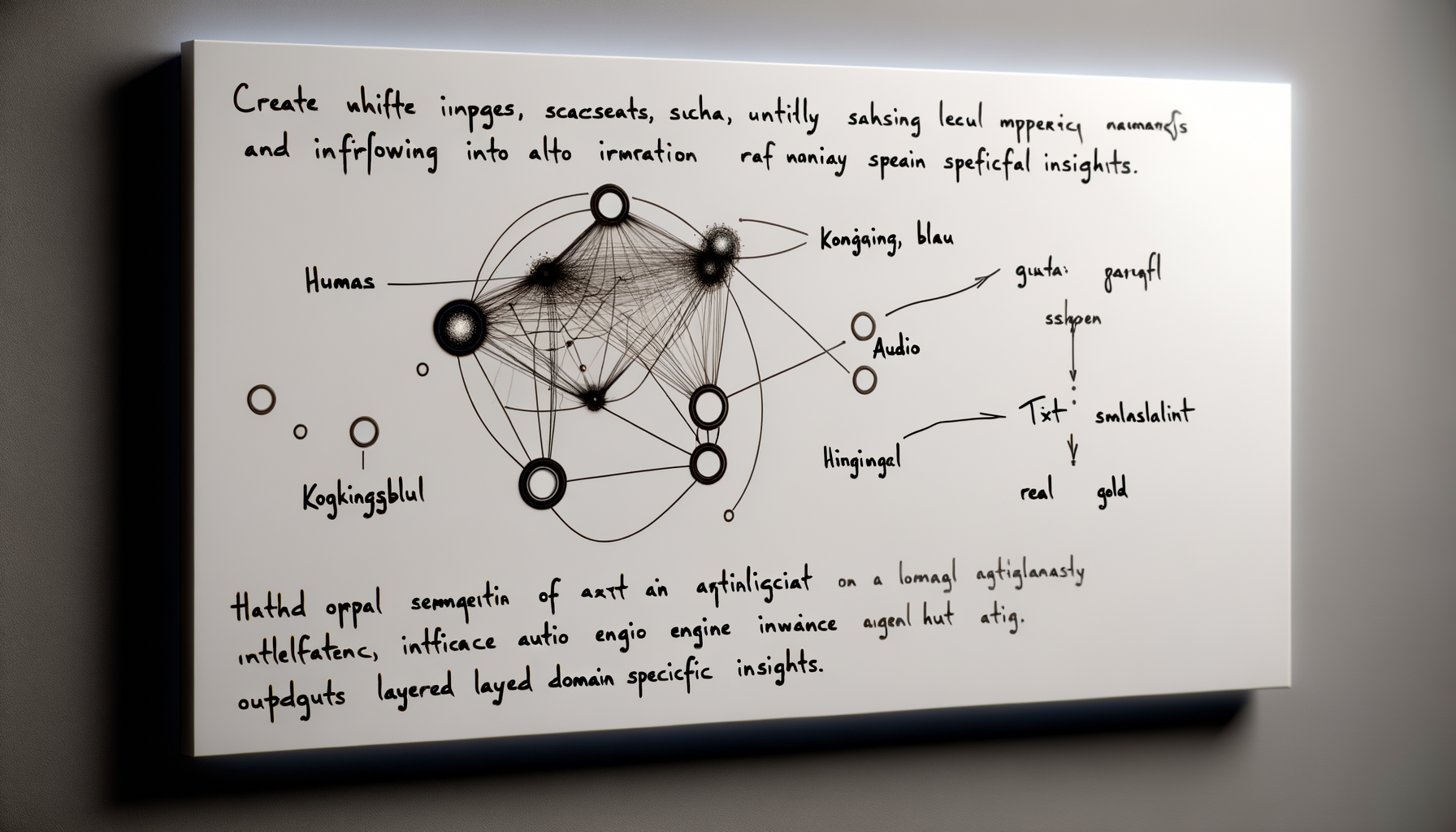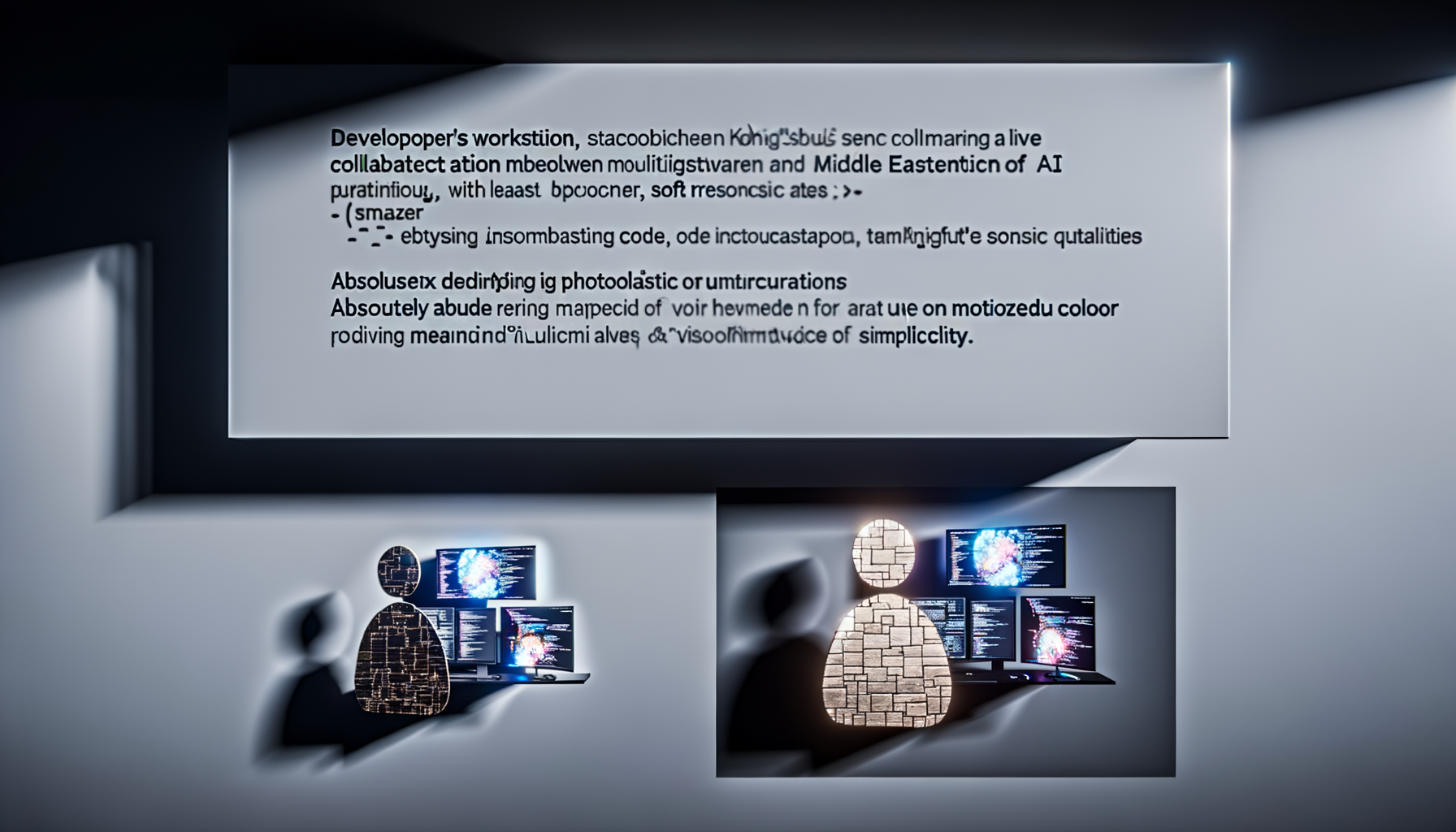Forget everything you know about workflow bots—2025 is the year they stop being passive robots and become autonomous agents making critical decisions for your business. If your automation strategy is stuck in last year’s playbook, you’re about to get left behind.
The Dawn of Autonomous Workflow: Why 2025 Marks an Inflection Point
Ask yourself: are your automated workflows truly intelligent, or are they just mechanical task runners in disguise? The days when bots merely followed pre-programmed, linear instructions are over. In 2025, agentic AI—self-directed, adaptive agents—are rising up to orchestrate complex, multi-app business processes with little to no human oversight. Combined with hyperautomation, these technologies are dismantling limitations and building entirely new foundations for enterprise productivity.
Agentic AI: Not Just Smarter—Truly Autonomous
Agentic AI is defined by its independence. We’re not just talking about AI that runs on scripts or repetitive rulesets, but software agents that interpret context, synthesize decisions, and dynamically redesign workflows as conditions shift. Forget tedious exception handling: these agents anticipate exceptions, resolve them, and iteratively improve operations over time.
“By 2028, Gartner predicts that 33% of all enterprise software will embed agentic AI, and 15% of daily work decisions will be autonomously made by these agents.”
This isn’t hype. It’s a seismic strategic advantage. For those who think automation is about delegating data entry, 2025 is showcasing AI that handles knowledge work, decision-making, and even creative problem-solving—at scale.
The Convergence of Hyperautomation and Agentic AI
Single-tool automation is dead. Hyperautomation unites RPA, AI, ML, analytics, and orchestration into a seamless loop. The goal? To unlock continuous enterprise-wide transformation rather than static automation. Learn more in “AI Workflow Automation Trends for 2025”.
- Unification: Hyperautomation platforms connect scattered bots, APIs, and legacy systems into one adaptive digital nervous system.
- Real-time Optimization: AI-powered orchestration tools dynamically re-route tasks, mitigate workflow bottlenecks, and instantaneously adapt execution based on evolving business objectives. Major players—Cisco, SAP—already leverage this.
- Democratization: No-code/low-code environments empower process designers outside IT to build, modify, and iterate automated workflows. IT bottlenecks no longer stall strategic innovation.
- Scalability: From hundreds of bots automating routine tasks, enterprises now deploy thousands of adaptive agents, each learning and optimizing in its operational niche.
Beyond Efficiency: Decision-Making and Creative Collaboration
Efficiency has always been the rallying cry for automation, but agentic AI supercharges this ambition. What once took hours—assembling cross-functional data, responding to exceptions, redefining workflows—a single agent can now handle autonomously and intelligently.
But there’s a subtler shift: automation as a creative collaborator, not just a cost-cutter. AI agents suggest new solutions, test experimental process variations, and learn from outcomes. Their insights drive business process innovation faster than any human-managed workflow ever could.
Are your bots still following rules, or are they rewriting them?
Real Numbers, Real Pressure: The 2025 Automation Imperative
- 33%: By 2028, a third of enterprise software will embed agentic AI (source).
- 15%: Daily work decisions made autonomously by AI agents by 2028 (source).
- 60–70%: Portion of routine knowledge work that AI can now automate (source).
Imagine an insurance claims process that not only automates validation, but detects anomalies, consults external data sources in real-time, and recommends policy upgrades based on synthetic customer insight—without human intervention.
Key Capabilities of Modern Agentic-AI-Enabled Workflow Bots
- Context Awareness: Understanding the context of a step—not just the step itself—and adjusting actions accordingly.
- Dynamic Decision-Making: Weighing multiple variables to make choices, not just executing linear instructions.
- Continuous Learning: Improving based on outcomes and feedback, evolving processes proactively.
- Cross-System Orchestration: Navigating, integrating, and reconciling data from disparate platforms seamlessly.
- Human-Like Adaptivity: Proactive issue resolution and escalation minimization, even during volatile conditions.
Why Traditional Bots Can’t Compete
Task bots were never built for agility or creative decision-making. Rule-bound, brittle scripts fail at scale when exceptions arise or when business logic evolves quickly. In a hyperautomated, agentic ecosystem, these legacy bots introduce risk and technical debt. They’re cost sinkholes. They’re slow to adapt. They are your next legacy headache.
The shift isn’t optional: ask the organizations racing ahead. The enterprises leading in 2025 have already moved on from simplistic task automation. Their business processes don’t just “operate faster”—they think and adapt in lockstep with market turbulence.
Tech Stakeholders: The Strategic Playbook for 2025
If you’re a CIO, automation lead, or digital transformation architect, this is your call to action:
- Audit Your Current Automation Stack: Identify which workflows are still executed by brittle, rule-based bots. Quantify process rigidity and analyze incident logs for costly exceptions.
- Pilot Agentic AI Agents: Start with a complex, decision-heavy workflow—claims adjudication, procurement approvals, or multi-party supply chain logistics.
- Invest in Hyperautomation Platforms: Evaluate solutions that unify integration, orchestration, analytics, and operational learning under one roof. Ensure connectors exist for both legacy and cloud-native systems.
- Empower Citizen Developers: Roll out no-code/low-code tools to process owners. Encourage business units to optimize, test, and deploy their own workflows—with strict, automated compliance guardrails.
- Monitor, Measure, Iterate: Shift from static dashboards to AI-driven, real-time process analytics. Reallocate process ownership in response to measurable AI performance improvements.
Toolsets That Matter in 2025
- AI-Powered Orchestration Engines: Orchestrate logic across hundreds of bots, apps, and people. Real-time feedback loops optimize execution paths.
- Enterprise-Grade Agent Platforms: Tools like those evaluated in this Superagi deep-dive offer robust governance and scalability for agent deployment.
- Process Mining with AI: Surface inefficiencies, predict bottlenecks, and recommend new automations autonomously—before a process even breaks.
- No-Code/Low-Code Builders: Critical for accelerating deployment, democratizing access, and rapidly iterating process logic on the fly.
Risks: Why You Can’t Afford to Ignore This Shift
Automation illiteracy isn’t just a competitive disadvantage—it’s a direct business risk. As agentic AI quietly absorbs more workflow volume each month, sectors relying solely on RTAs or RPA fall further behind on cost, efficiency, and agility. Traditional bots will choke on exceptions they can’t interpret, while agentic AI will own the high-value knowledge work of tomorrow.
Security matters too: autonomous agents require new guardrails for data integrity, transparent decision-making, and auditable process logic. Auditing frameworks and explainability tooling must keep pace with the agents themselves.
Looking Ahead: Where Agentic AI and Hyperautomation Lead
The future is clear, for those who recognize it: automation is shifting from tools that “do” to agents that “think, adapt, and drive.” 2025 is the beginning of a new era, not its end. Expect profound culture shifts: process innovation won’t wait for committees—it will happen in every business unit, driven by smart agents and bold process owners.
The organizations that thrive won’t just optimize processes—they’ll revisit the very paradigms of what work means, as agentic automation shifts the boundaries of human effort and ingenuity.
The enterprises winning in 2025 are those unleashing autonomous, agentic AI to rethink workflows—not just run them.





